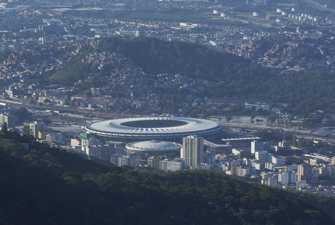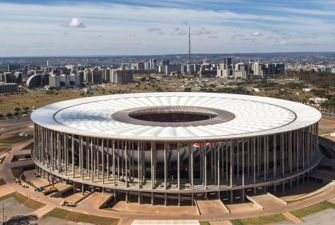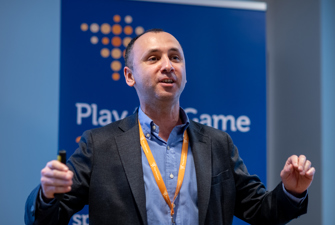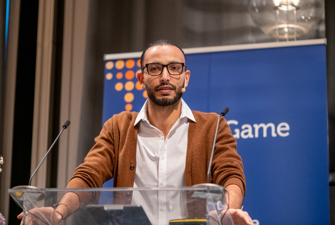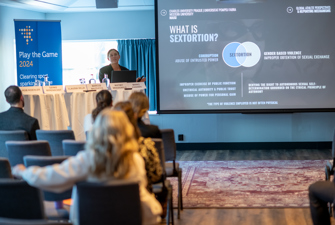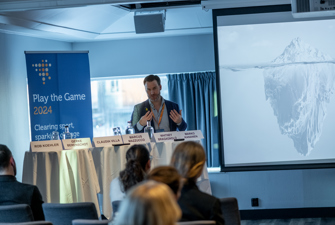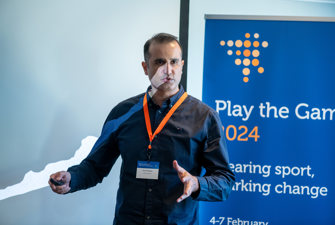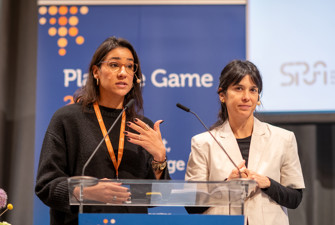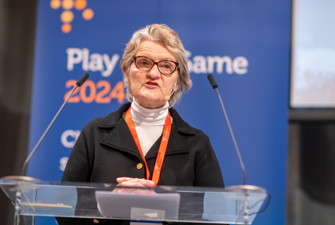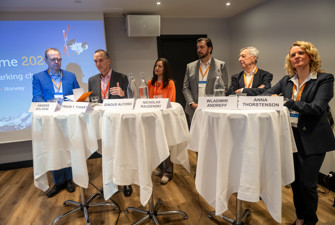Ten years after the 2014 FIFA World Cup: Brazilian stadiums used more than expected
7 out of the 12 stadiums in Brazil used for the FIFA World Cup in 2014 have since then been used more than predicted by Play the Game in a 2012 study. But the legacy left by the Brazilian World Cup stadiums is also influenced negatively by other factors than utilisation, a new study concludes.
All over the world of sport a growing number of stadiums have become so-called “white elephants” that have little or no value to their owners, because the use of the stadiums is much less than hoped for when the stadiums were built in connection with a major sport event.
South America is no different and that’s why the number of white elephants in sport was expected to increase in Brazil when the country was building or refurbishing 12 football stadiums for the FIFA World Cup in 2014.
“A predictable legacy challenge”, researchers at the Danish Institute for Sports Studies and Play the Game said in 2012 about expected after-use of these stadiums.
According to a study by the Danish researchers, the utilisation of the Brazilian World Cup stadiums would all fall below international average after the South American mega-sport event if nothing was done to strengthen plans for the after-use of the stadiums.
However, now a new study conducted by Inteligência Esportiva Research Institute (IPIE) in partnership with Play the Game concludes that 7 out of the 12 Brazilian World Cup stadiums “achieved better utilisation than expected” in 2012 and 4 of them even exceed the average use in the international World Stadium Index produced by Play the Game in 2011.
World Stadium Index: Problematic legacies
The 2012 prediction of a World Cup legacy challenge in Brazil was based on the information about the World Cup stadiums that available at the time from www.worldfootball.net. The information was then compared with Play the Game’s World Stadium Index 2011 which examined the after-use of 75 venues in 20 countries that had been built or undergone major renovations before hosting major international or continental sporting events.
The 2012 study concluded that even though some stadiums had positive legacies and satisfying developments after hosting a major event, numerous stadiums built or renovated for such events had problematic legacies. A majority of the stadiums in the World Stadium Index 2011 had problems attracting larger crowds, and in general their attendance figures were low.
New study: Mixed findings in Brazil
The new study has repeated the study in Play the Game’s 2012 report ‘Brazilian World Cup stadiums: A predictable legacy challenge’ and notes that the findings are of public interest because 8 of 12 Brazilian World Cup stadiums belong to public entities.
The findings of the new study about the legacy of the Brazilian World Cup stadiums are mixed: On the one hand, the study concludes that the after-use of 7 stadiums is better than expected, even after international standards. On the other hand, the predictions from 2012 about the Brazilian stadiums that would potentially rank lower in the World Stadium Index are also confirmed in the new study.
A limitation of the new study is the lack of data on some of the Brazilian World Cup stadiums in specific seasons. The COVID-19 pandemic prevented the inclusion of seasons played between 2020 and 2022.
The study also notes that the legacy of the Brazilian World Cup stadiums is not only influenced by how and to what extent the stadiums have been used in the seasons after the FIFA World Cup in 2014 but also by other factors such as the presence of home clubs in elite competitions, the extent of community involvement, and the location of infrastructure implementation.
The combination of these factors, the study concludes, results in large variations in the annual average use of the Brazilian World Cup stadiums that leads to economic viability issues due to the low profitability of the arenas.
Many allegations of irregularities
The authors of the new study point out that over the years several academic studies have pointed out that the 2014 edition of the FIFA World Cup was the most expensive of all and that most of the finances were derived from Brazilian public funds.
In 2007, the Brazilian Football Confederation submitted a proposal to FIFA which estimated stadium expenses of 1.9 billion Brazilian real. However, in 2022 a study revealed a series of documents that indicated very different amounts post-event, such as reports from the Federal Court of Audit that pointed to expenditures in the range of 25.5 billion Brazilian real, while reports from the Ministry of Sports disclosed figures that reached 27.1 billion Brazilian real.
According to FIFA’s financial report, the 2011-2014 World Cup cycle in Brazil also generated a record revenue of 5.7 billion US dollar for the entity, surpassing previous editions of the World Cup in South Africa ($4.1 billion) and Germany ($2.5 billion).
“These data might not have represented a problem if all promises of legacies had been fulfilled; however, allegations of irregularities led to actions by oversight and control bodies in Brazil,” the study states and mentions these examples:
- In 2015, the Federal Police launched an operation called “Fair Play” due to suspected overpricing in one of the Brazilian World Cup stadiums, Arena Pernambuco
- In 2016, the Federal Public Prosecutor’s Office (MPF) pointed out corruption in construction in Rio de Janeiro
- In 2017, the Attorney General’s Office forwarded whistleblower testimonies from Odebrecht employees regarding irregularities in half of the tournament’s stadiums
- In 2019, the Administrative Council for Economic Defense (CADE) initiated a process to investigate cartel formation in the construction of eight arenas
Cases of corruption, real estate speculation, and urban conservation conflicts
In addition to these financial aspects, the new Brazilian study notes that other studies have concluded that there are questions and gaps related to delays or incomplete works, the redirection of funds away from health and education, and cases of corruption in stadium building.
Some studies have compared the hosting of the FIFA World Cup and other mega-sporting events in Brazil in the 21st century. Studies on the 2007 Pan American Games which was considered a test event for larger upcoming events found that some of goals set before the games were not met.
And challenges related to the removal of socially vulnerable communities, the high concentration of facilities in specific areas of the city, real estate speculation, and urban conservation conflicts are also highlighted in academic circles in Brazil.
“All these factors could be seen as contributors to a negative legacy for mega-sporting events in Brazil, and it was expected that these problems would be identified and, consequently, avoided by the organizers of subsequent mega-events,” one study concludes.
The findings of the new study of the legacy left by the 2014 FIFA World Cup stadiums in Brazil are presented in detail at Play the Game’s upcoming conference in Trondheim, Norway, on 4-7 February 2024.
